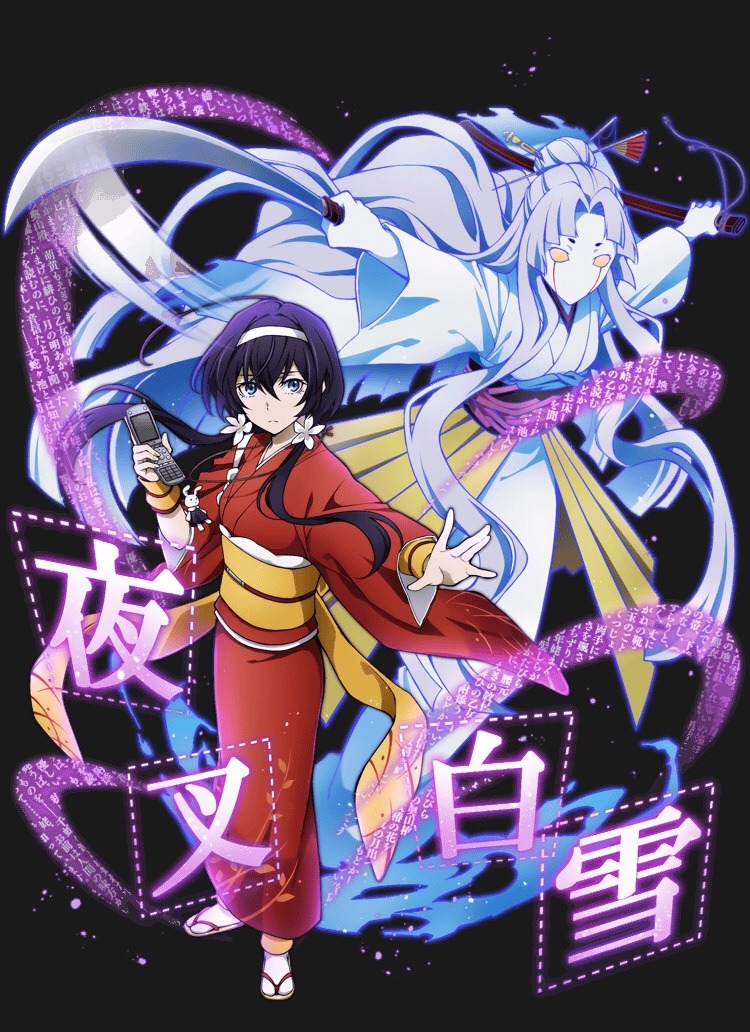

In November of that year, however, Kyōka's aspiration to an artistic career drove him to Tokyo, where he intended to enter the tutelage of Kōyō himself. At this time he worked as a teacher in private preparatory schools and spent his free time running through yomihon and kusazōshi. That June he took a trip to Toyama Prefecture. It was a great blow to his young mind, and he would attempt to recreate memories of her in works throughout his literary career.Īt a friend's boarding house in April 1889, Kyōka was deeply impressed by Ozaki Kōyō's "Amorous Confessions of Two Nuns" and decided to pursue a career in literature.


In April 1883, at ten years old, Kyōka lost his mother, who was 29 at the time. Because of his family's impovershed circumstances, he attended the tuition-free Hokuriku English-Japanese School, run by Christian missionaries.Įven before he entered grade school, young Kintarō's mother introduced him to literature in picture-books interspersed with text called kusazōshi, and his works would later show the influence of this early contact with such visual forms of story-telling. Kyōka was born Kyōtarō Izumi on Novemin the Shitashinmachi section of Kanazawa, Ishikawa, to Seiji Izumi, a chaser and inlayer of metallic ornaments, and Suzu Nakata, daughter of a tsuzumi hand-drum player from Edo and younger sister to lead protagonist of the Noh theater, Kintarō Matsumoto. The extensive notes that follow the translation serve as an intelligent guide for the reader, supplying details about each of the stories and how they fit into the pattern of mythic development that allowed Kyoka to deal with his fears in a way that sustained his life and, as Mishima Yukio put it, pushed the Japanese language to its highest potential. In the way of introduction, Inouye presents a clear analysis of Kyoka's problematic stature as a "great gothic writer" and emphasizes the importance of Kyoka's work to the present reevaluation of literary history in general and modern Japanese literature in particular. They are drawn from four stages of the author's development, from the "conceptual novels" of 1895 to the fragmented romanticism of his mature work. The four stories presented here are among Kyoka's best-known works. Gothic Tales makes available for the first time a collection of stories by this highly influential writer, whose decadent romanticism led him to envision an idiosyncratic world-a fictive purgatory -precious and bizarre though always genuine despite its melodramatic formality. Resisting the various forms of realism popular during the Meiji "enlightenment," Izumi Kyoka (1873-1939) was among the most popular writers who continued to work in the old-fashioned genres of fantasy, mystery, and romance.


 0 kommentar(er)
0 kommentar(er)
